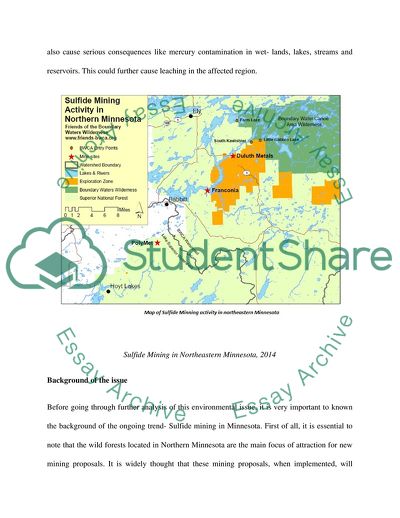Cite this document
(Saving from Harm Boundary Waters in Minnesota Case Study Example | Topics and Well Written Essays - 2500 words, n.d.)
Saving from Harm Boundary Waters in Minnesota Case Study Example | Topics and Well Written Essays - 2500 words. https://studentshare.org/environmental-studies/1818215-geography-of-minnesota
Saving from Harm Boundary Waters in Minnesota Case Study Example | Topics and Well Written Essays - 2500 words. https://studentshare.org/environmental-studies/1818215-geography-of-minnesota
(Saving from Harm Boundary Waters in Minnesota Case Study Example | Topics and Well Written Essays - 2500 Words)
Saving from Harm Boundary Waters in Minnesota Case Study Example | Topics and Well Written Essays - 2500 Words. https://studentshare.org/environmental-studies/1818215-geography-of-minnesota.
Saving from Harm Boundary Waters in Minnesota Case Study Example | Topics and Well Written Essays - 2500 Words. https://studentshare.org/environmental-studies/1818215-geography-of-minnesota.
“Saving from Harm Boundary Waters in Minnesota Case Study Example | Topics and Well Written Essays - 2500 Words”. https://studentshare.org/environmental-studies/1818215-geography-of-minnesota.


